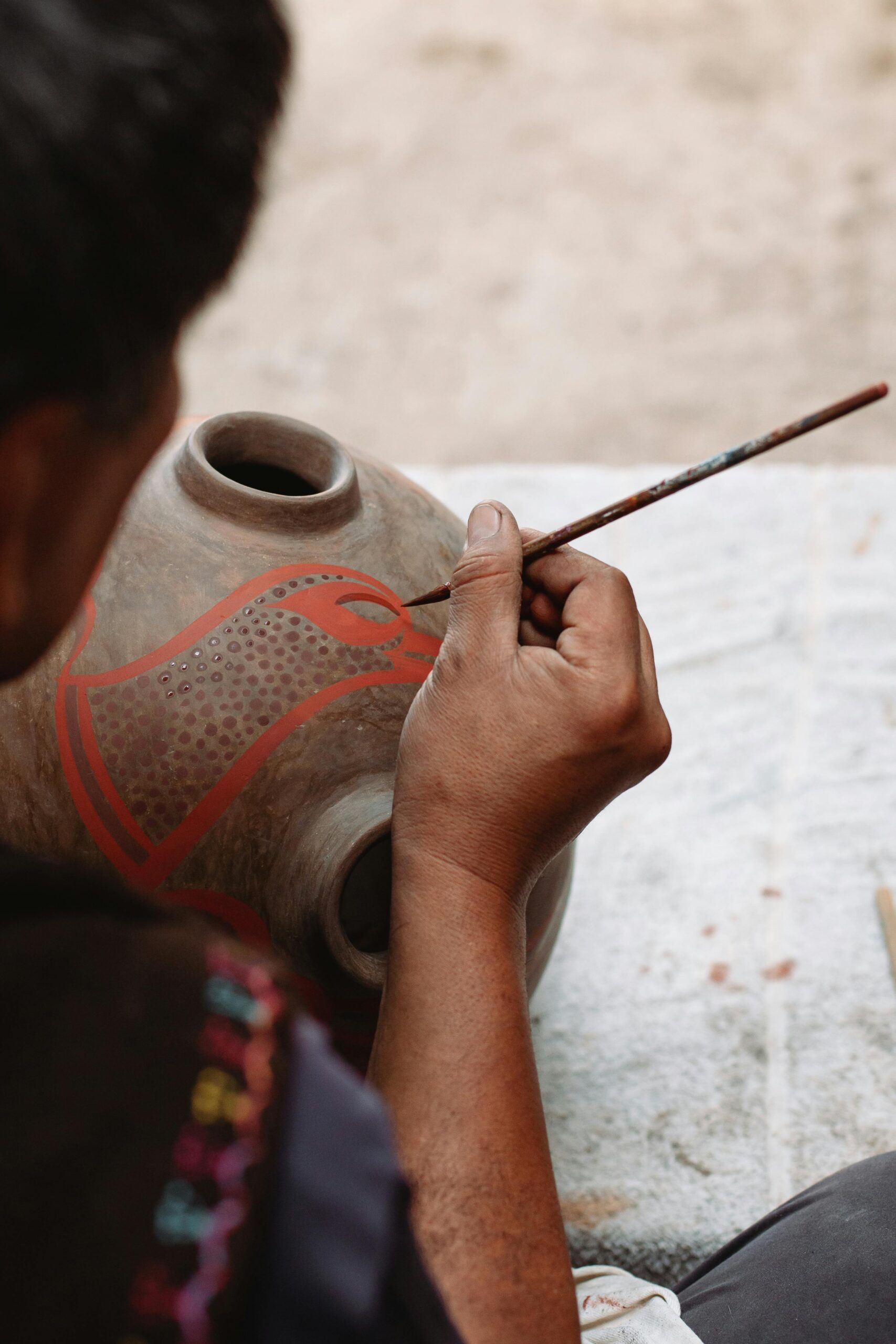Art Therapy for Depression
Art Therapy for Depression is a creative form of treatment that uses the process of making art to improve mental health and well-being. This therapeutic approach can help individuals express emotions, reduce stress, and gain insights into their feelings and behaviors. In this article, we will explore the principles, benefits, and techniques of Art Therapy for Depression, highlighting its unique role in the therapeutic landscape.
1. Understanding Art Therapy for Depression
Art Therapy for Depression combines traditional therapeutic techniques with the creative process of making art. It is based on the idea that artistic expression can help individuals communicate thoughts and feelings that might be difficult to articulate verbally. By engaging in creative activities, individuals can explore their emotions, reduce anxiety, and gain a better understanding of their inner experiences.
The primary goals of Art Therapy for Depression include:
1. Emotional Expression: Providing a safe and non-verbal outlet for expressing complex emotions.
2. Stress Reduction: Using creative activities to reduce stress and promote relaxation.
3. Self-Exploration: Encouraging self-exploration and gaining insights into personal experiences and feelings.
4. Enhancing Self-Esteem: Building self-esteem and confidence through the creation of art.
5. Improving Mood: Elevating mood and fostering a sense of accomplishment and joy through artistic activities.
2. The Process of Art Therapy for Depression
Art Therapy for Depression typically involves several stages:
1. Initial Assessment: The therapist conducts an initial assessment to understand the individual’s needs, interests, and goals for therapy.
2. Setting Goals: The therapist and the individual collaboratively set therapeutic goals, focusing on emotional expression, stress reduction, and self-exploration.
3. Creative Activities: The individual engages in various creative activities, such as drawing, painting, sculpting, or collage-making, guided by the therapist.
4. Reflection and Discussion: The therapist and the individual reflect on the artwork and discuss the thoughts and feelings that emerged during the creative process.
5. Progress Evaluation: The therapist periodically evaluates progress and adjusts the therapeutic approach as needed to achieve the desired outcomes.
3. Benefits of Art Therapy for Depression
Art Therapy for Depression offers numerous benefits, including:
1. Emotional Release: Art therapy provides a safe space for individuals to release pent-up emotions and express feelings that may be difficult to verbalize.
2. Stress Relief: Engaging in creative activities can reduce stress and promote relaxation, helping individuals manage their depression symptoms more effectively.
3. Self-Discovery: Through the process of creating art, individuals can gain insights into their thoughts, feelings, and behaviors, leading to greater self-awareness.
4. Enhanced Coping Skills: Art therapy can help individuals develop new coping skills and strategies for managing stress and depression.
5. Improved Self-Esteem: Creating art can boost self-esteem and confidence, providing a sense of accomplishment and pride.
6. Better Communication: Art therapy can improve communication skills by providing a non-verbal way to express complex emotions and experiences.
4. Techniques Used in Art Therapy for Depression
Several therapeutic techniques are employed in Art Therapy for Depression:
1. Free Drawing: Encourages individuals to draw freely without any specific direction, allowing them to express their emotions spontaneously.
2. Guided Imagery: Uses visualization techniques to guide individuals in creating images that reflect their inner experiences and emotions.
3. Mandala Creation: Involves creating mandalas, which are circular designs that can help individuals focus and achieve a meditative state.
4. Collage Making: Encourages individuals to create collages using various materials, helping them explore different aspects of their emotions and experiences.
5. Sculpture: Involves creating three-dimensional art using materials like clay or wire, providing a tactile way to express and explore feelings.
5. Effectiveness of Art Therapy for Depression
Research has demonstrated the effectiveness of Art Therapy for Depression. A study published in the Journal of Clinical Psychology found that art therapy significantly reduces symptoms of depression and improves overall mental health. Another study in the Journal of the American Art Therapy Association reported that art therapy enhances emotional expression and coping skills, leading to better treatment outcomes.
Art Therapy for Depression offers a unique and effective approach to treatment by tapping into the healing power of creativity. By engaging in artistic activities, individuals can explore and express their emotions, reduce stress, and gain valuable insights into their inner experiences.
6. Finding an Art Therapy Program
When looking for an Art Therapy for Depression program, consider the following factors:
1. Therapist Credentials: Ensure the therapist is licensed and has experience in both art therapy and treating depression.
2. Approach and Techniques: Find out which artistic techniques and therapeutic approaches the therapist uses. Choose a program that aligns with your interests and therapeutic goals.
3. Individual Preferences: Consider your personal preferences for artistic activities and find a program that offers a variety of creative options.
4. Location and Schedule: Consider practical factors such as location, meeting times, and availability to ensure the program fits your schedule.
5. Confidentiality and Safety: Ensure the therapist maintains strict confidentiality and provides a safe, supportive environment for artistic expression.
Art Therapy for Depression can be a valuable treatment option for individuals struggling with depression. By providing a creative outlet for emotional expression and self-exploration, art therapy can significantly enhance mental health and well-being. For more information on finding an art therapy program, visit BestOnlineTherapists.com.
Sources
Must Read News
The Benefits of Couples Therapy
The Benefits of Couples Therapy: Strengthening Relationships Through Communication and Understanding Maintaining a healthy and [...]
5 Ways to Know If You or a Loved One Need Therapy
5 Ways to Know If You or a Loved One Need Therapy In today’s world, [...]
Talk Therapy: What It Is and How It Helps
Talk Therapy: What It Is and How It Helps Talk therapy, also known as psychotherapy, [...]
Group Therapy Near Me: The Power of Collective Healing
Group Therapy Near Me: The Power of Collective Healing Group therapy is an increasingly popular [...]
What is Cognitive Behavioral Therapy
What is Cognitive Behavioral Therapy? Cognitive Behavioral Therapy (CBT) is a widely recognized and evidence-based [...]
The Value of Teletherapy vs. Face-to-Face Therapy: Choosing the Right Fit for You
The Value of Teletherapy vs. Face-to-Face Therapy: Choosing the Right Fit for You The landscape [...]
Our Method
We use a combination of consumer reviews and overall scores from multiple online platforms such as Forbes, Trustpilot, Google, Indeed, Glassdoor, and others to form an overall composite score that shows how well a company not only treats its customers but how they treat their employees as well. Our multiplatform composite score prevents companies from gaming one review-generating platform or another for good scores. We believe this method provides the best overall social proofing.

